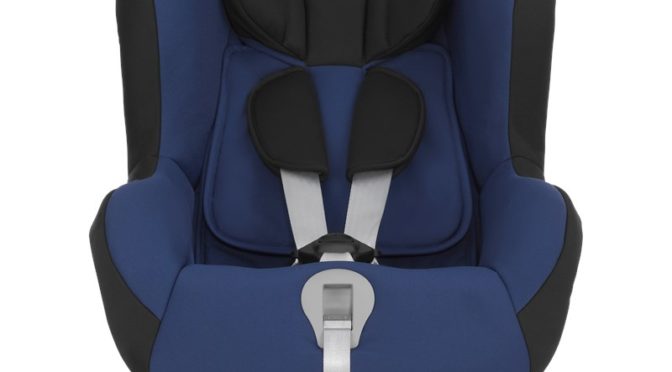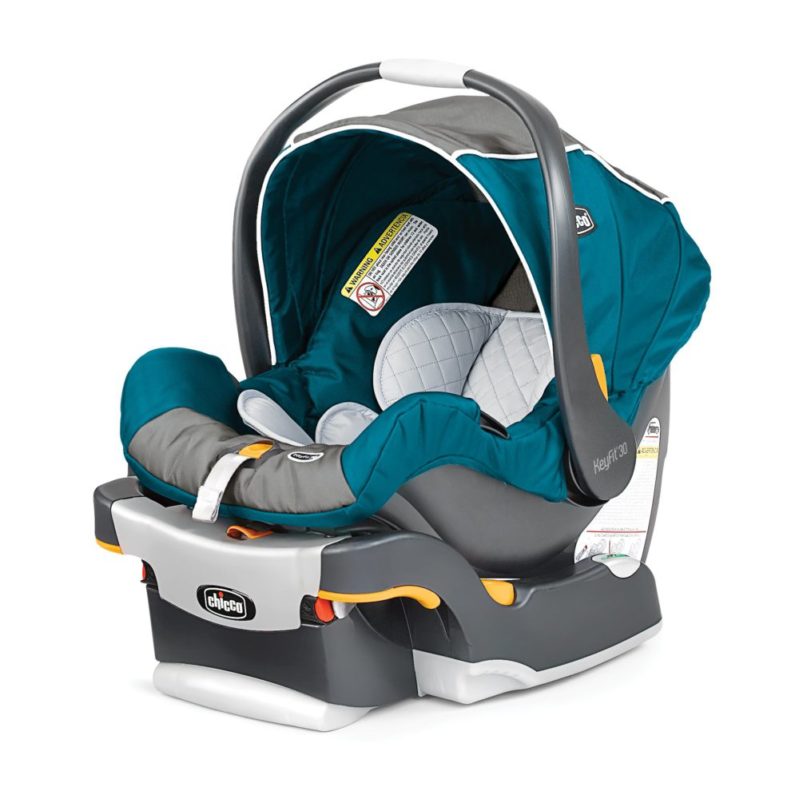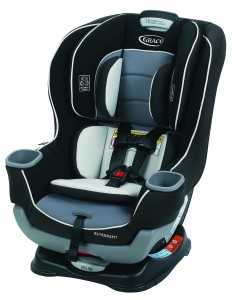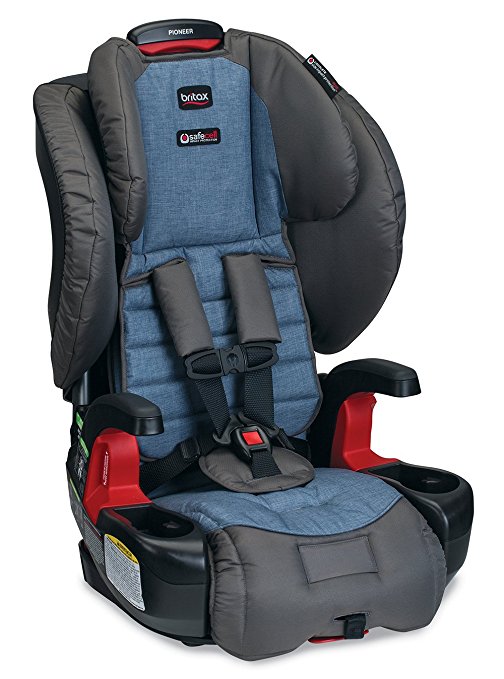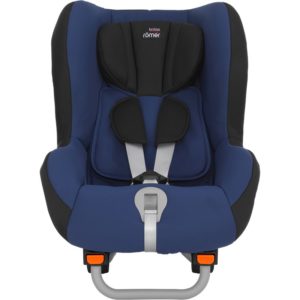
Several years ago, I started this blog to spread the news about the dangers of auto travel and the various ways we could keep our kids and loved ones safe. On one hand, that involves how, where, and what we drive. On the other, it involves how we safely restrain kids in our cars–and I’ve spent a lot of time talking about how the Swedes are the closest adherents to best practices in car seat safety on the planet.
One of the most frequently asked questions I get from parents who’ve come across my articles about how Swedish parents use car seats and what Swedes consider best practices in car seat safety involves the actual seats Swedes use and how they compare to the car seats we have available in the United States. Today we’re going to take a look at which safety differences, if any, exist between car seats sold in Sweden and those available in the United States. The answers will likely surprise you.
What’s a typical Swedish car seat (e.g., a convertible seat), and where is it sold?
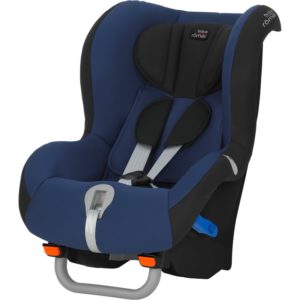
While there are many examples of Swedish car seats, one of the most popular models sold there today is the Britax Max-Way. Sold throughout Europe, including in the UK, Norway, Finland, Denmark, and Sweden, it’s a car seat designed for use with children between 9 kg and 25 kg, or 20lbs-55lbs. Under the Group classification system, this makes it a Group 1 & 2, or 1/2 seat. Roughly speaking, it will fit kids between 9 months and 6 years of age. Although it looks like a convertible seat, it only rear-faces. Like many US seats, it’s designed to be smaller to offer more leg room, it can be installed with 3-point seat belts or 2-point lap belts in addition to ISOFIX (LATCH), it includes side wings for side impact protection, a multi-position recline, an adjustable headrest, and a no-rethread harness. Like most American seats, you can remove the padding to wash it or simply clean it with a handheld vacuum.
The installation manual is here.
Which safety features does the Max-Way have that an American car seat would not?
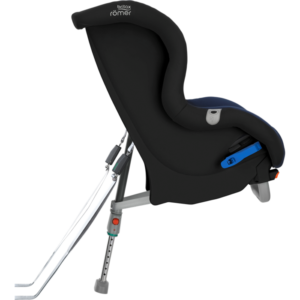
First of all, the Max-Way can rear-face longer than any American seat available as of 2017. The leading US seats–the Clek Fllo, the Clek Foonf, the Diono Rainier, the Graco Extend2Fit, the Graco Extend2Fit 3-in-1, the Graco 4Ever Extend2Fit, the Nuna Rava, the Safety 1st Advance EX 65 Air+, and the Safety 1st Grow and Go EX Air–all top out at 50 pounds. At 55 pounds, the Max-Way, which has been out for years, blows all of them away.
Second, the Max-Way includes a foot prop and a pair of lower rear-facing tethers to stabilize the seat beyond the seat belt. The foot prop is basically a monopod that extends toward the front of the vehicle and braces against the vehicle floor while being additionally stabilized with tethers. The foot prop is designed to reduce downward (forward) rotation of the car seat after a frontal collision. The separate rear-facing tethers connect to anchors toward the front of the vehicle to prevent rebound (upward rotation) in the car seat after a frontal collision.
In the US, rear-facing tethering is available on select US seats, but it’s very, very rare. Anti-rebound bars, which serve the same function as foot props, are somewhat more common. It’s important to note, however, that while the Max-Way includes both features, there are a number of seats sold in Sweden that don’t feature or require neither foot props nor rear tethers while passing the same crash standards and being rated to the same weight limits. In other words, they’re beneficial features, but car seats can be safe without them.
Do the differences between a seat like the Max-Way and an American seat explain the greater safety of Swedish children?

Actually, no. The Swedes themselves are quite clear on this; they credit their low child death rates to a combination of Vision Zero principles–safer driving habits, safer vehicles, and much, much safer infrastructure. Safer driving habits generally means following the speed limit and driving as little as possible (roughly half as many miles as Americans per year). Safer vehicles simply means vehicles with ESC and side airbags (which are available in the US used market for well under $5,000). And safer infrastructure means replacing undivided roads with divided ones while limiting speeds to survivable limits throughout the road network.
The car seats themselves aren’t particularly significant; what’s significant with respect to children are the use of best practices in transporting them. In a nutshell, that means rear-facing them until at least 4 or 5 and keeping them boostered until 10 to 12. Between those two factors, the bigger one by far is rear-facing.
But I’ve always heard that Swedish seats are tougher / unique / just “better” / not comparable to US seats

There are a lot of people who, for some reason, enjoy cultivating an aura of mysticism about Swedish car seat usage, particularly in the United States. I’m not sure why, as the goal should be to share knowledge to help make all children safer, not to make it seem like best practices are magical, unattainable things. Whatever the reasoning behind this line of thinking, it’s also incorrect from a factual perspective. Swedish car seats aren’t magically different from car seats available in most other parts of the world with the notable exception of how they can be used to rear-face longer. They aren’t exclusively available in Sweden; they can be bought throughout Europe. In fact, most car seats used in Sweden aren’t even made in Sweden. The Max-Way, for example, is made in the UK. Whenever you hear someone tell you or anyone else that Swedish seats simply aren’t comparable to US ones, that person is uninformed and spreading unhelpful misinformation, to put it mildly. Feel free to redirect them here.
What’s an American equivalent of a Swedish convertible car seat like the Britax Max-Way?
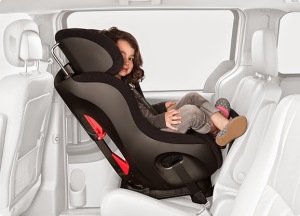
While there isn’t a direct American version of any given Swedish car seat, you can get the core safety feature of the Max-Way–the ability to extended rear-face in a compact, convertible car-seat-shaped package–through any seat in the US that will let you rear-face to 50 pounds. That’s not as long as the Max-Way, but it’s long enough to get almost all children to 4 and a great many to 5 and beyond depending on height. Personally, my two favorite 50-pound rear-facing convertibles are the Clek Fllo and the Graco Extend2Fit. The Fllo is the narrowest 50-pounder on the market, and is the seat to get if you need as many 3 across car seat options as possible. It also includes an anti-rebound bar, which very few US car seats do. As noted above, an anti-rebound bar serves the same function as a foot prop.
The Extend2Fit, on the other hand, is one of the cheapest 50-pound seats you can currently buy. Using either to its limits will give you most of the safety benefits of the Max-Way, which, again, are primarily related to the extent to which it allows you to rear-face.
 If you find my information on best practices in car and car seat safety helpful, you can buy my books here or do your shopping through this Amazon link. Canadians can shop here for Canadian purchases. Have a question or want to discuss best practices? Send me an email at carcrashdetective [at] gmail [dot] com.
If you find my information on best practices in car and car seat safety helpful, you can buy my books here or do your shopping through this Amazon link. Canadians can shop here for Canadian purchases. Have a question or want to discuss best practices? Send me an email at carcrashdetective [at] gmail [dot] com.

